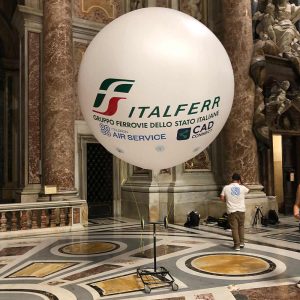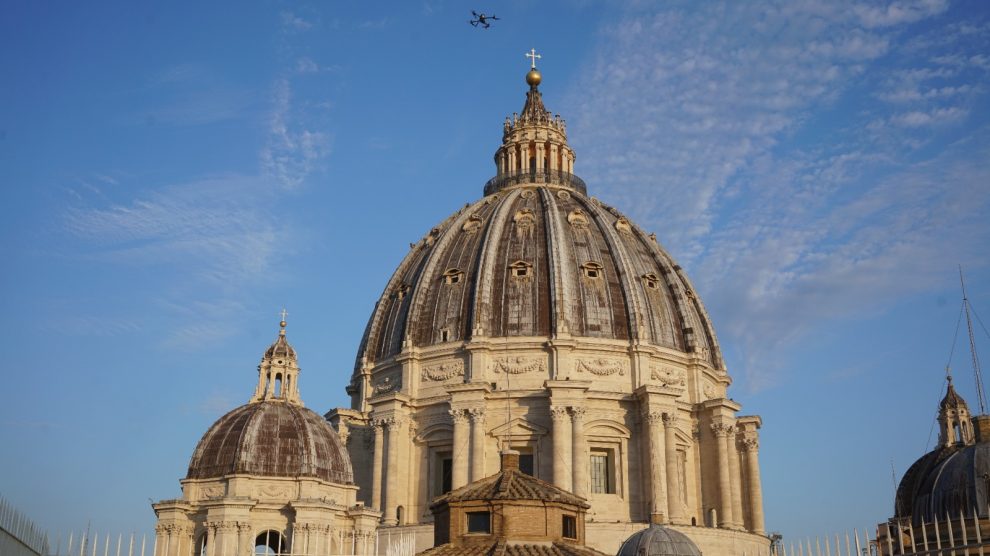Digitising the heart of Christendom. Italferr, the engineering company of the Infrastructure Pole of the Italian State Railways Group (FS), began building a digital twin of St Peter’s Basilica in Vatican City. Once carried out, the project –which combines high technology and digitisation with art, faith, and culture – will allow for comprehensive and detailed monitoring of the building and its elements.
- The project will be made available to the public as soon as the first phase of data processing is completed.

How it’s done. Data collection has been conducted in collaboration with the Fabric of Saint Peter, a Roman Catholic Church institution responsible for the conservation and maintenance of the basilica, and it began during the summer closing period.
- The first surveys collected over 3.1 terabytes of data. The following two months’ work, conducted both internally and externally with drones and an aerostatic balloon, resulted in more than 15.000 photos (acquiring 630 gigapixels).
- Later, plenty of calculators operated in parallel to process the clustered data for another two months, developing the BIM information model and St Peter’s Digital Twin.
- Prestigious collaborations support Italferr’s work, including with Italdron Air Service and CAD Connect for field survey activities and Sacertis Ingegneria for the design of the monitoring system.
What it means. Today, all the mapping data is already available to the Fabric. A host of sensors will further supply the basilica’s Digital Twin with data flows. Elaborations will be made available to the Fabric to plan future maintenance activities.
- Through specific computational algorithms, it will be possible to investigate the response capacity of the work to static and dynamic stresses, have full knowledge of the state of health of the structures and work towards designing a permanent structural monitoring system.





